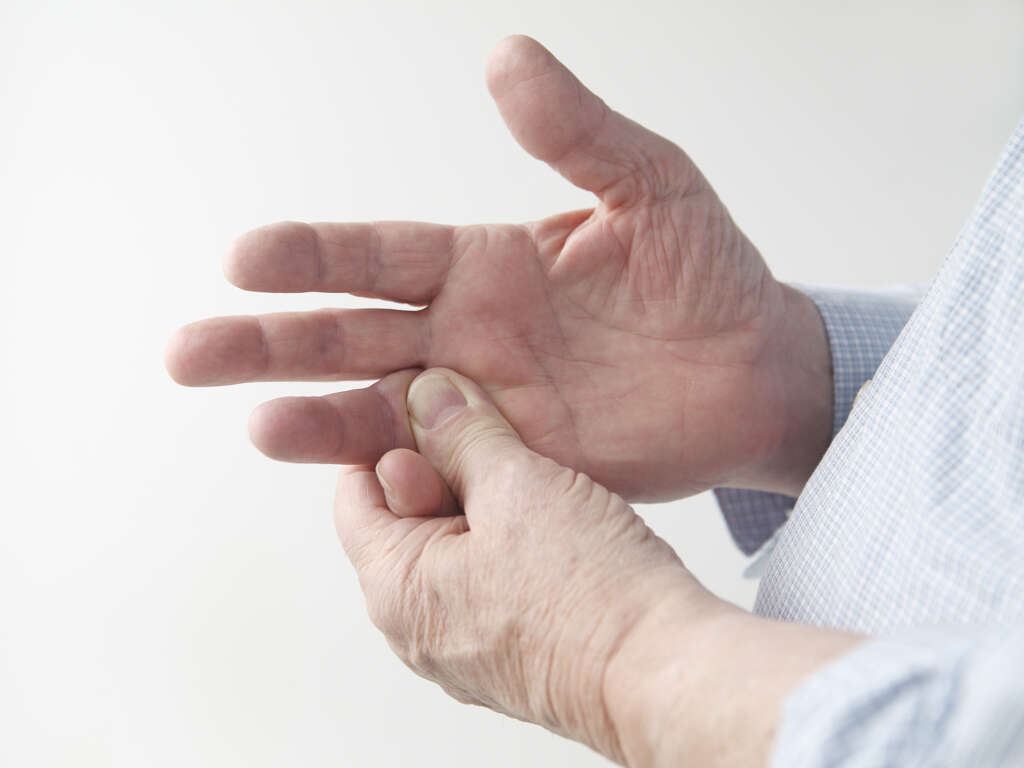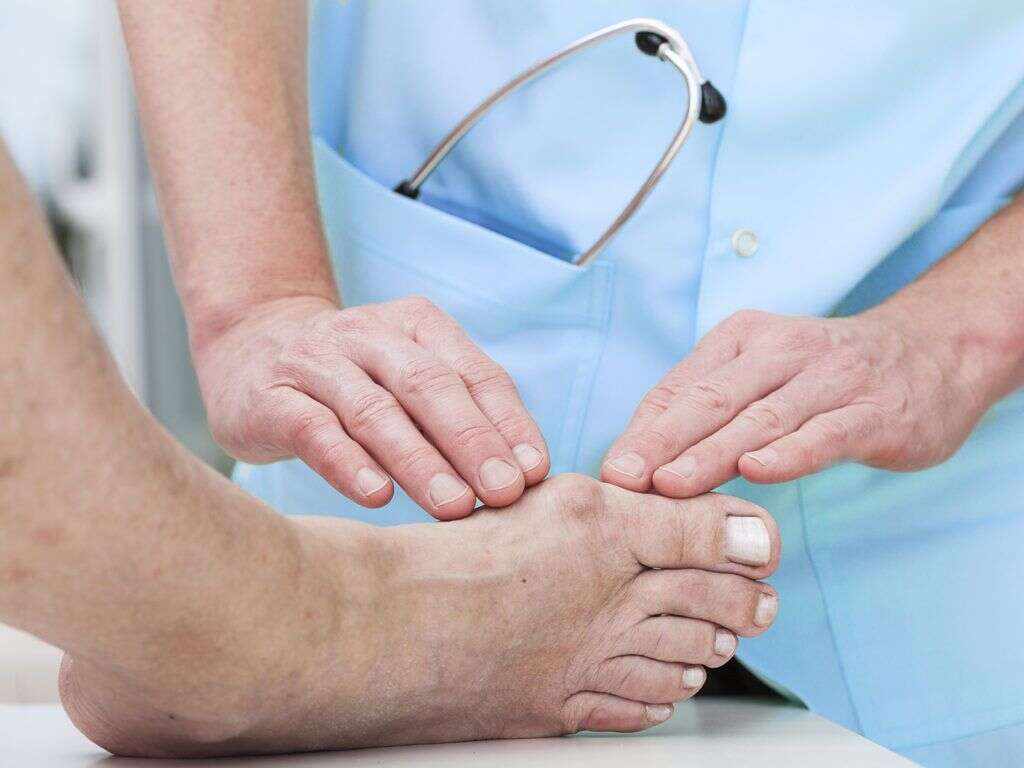What Is Raynaud's Disease?
 Article Sources
Article Sources
- 1. Fava, A., & Boin, F. (1970, January 01). Historical Perspective of Raynaud's Phenomenon. Retrieved September 02, 2020, from https://link.springer.com/chapter/10.1007/978-1-4939-1526-2_1
- 2. Hansen-Dispenza, H., MD. (2019, November 02). Raynaud Phenomenon: Practice Essentials,Pathophysiology, Etiology. Retrieved 2020, from https://emedicine.medscape.com/article/331197-overview#a5
- 3. Goudry, B., Bell, L., Langtree, M., & Moorthy, A. (2012). Diagnosis and management of Raynaud’s phenomenon. BMJ, 344, 37-42. doi:10.1136/bmj.e289
6. Signs and Symptoms
People with an episode of Raynaud’s phenomenon exhibit color changes in their extremities triggered by changes in temperature (i.e. cold exposure), emotional stress, or other factors. These changes are usually intermittent and they can happen in three phases. They start with a white discoloration of the skin (pallor). This can be attributed to the initial narrowing of the blood vessels that supply the region and the subsequent restriction of blood flow. Then, a bluish discoloration of the skin (cyanosis) ensues, because oxygen-depleted blood predominates in the blood vessels of the region. Lastly, when the spasms of the blood vessel cease, blood returns to the affected tissue (hyperemia) and turns the skin warm and red.
In the first two phases of color changes, most patients report numbness and a cold sensation in the extremity. On the contrary, in the last phase, some patients report burning pain and a sensation of warmth in the region. Importantly, there must be a clear and visible border that separates the affected areas from the unaffected areas. Finally, the duration of these attacks varies, they can last from minutes to hours; however, most changes are reversible.
Advertisement











